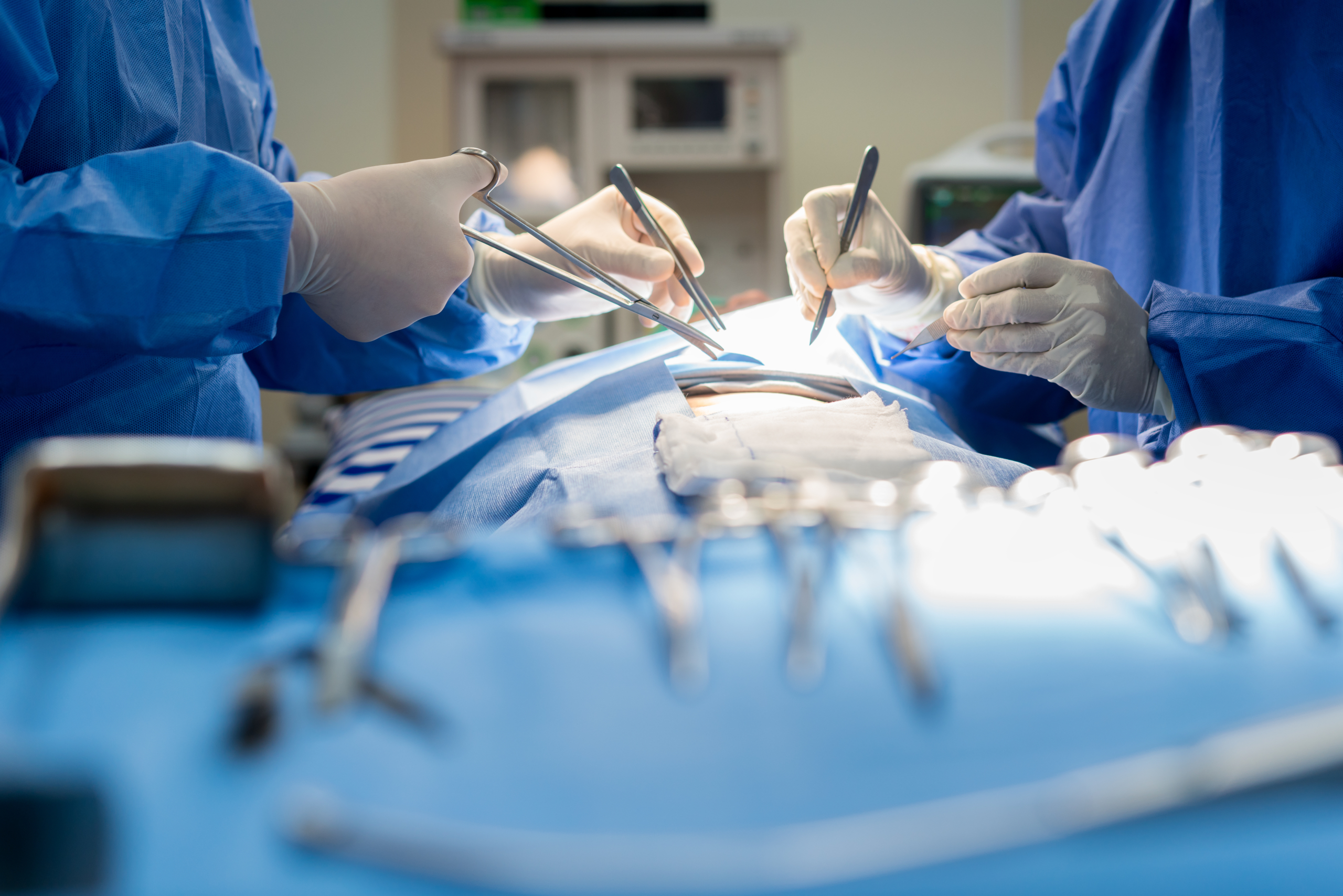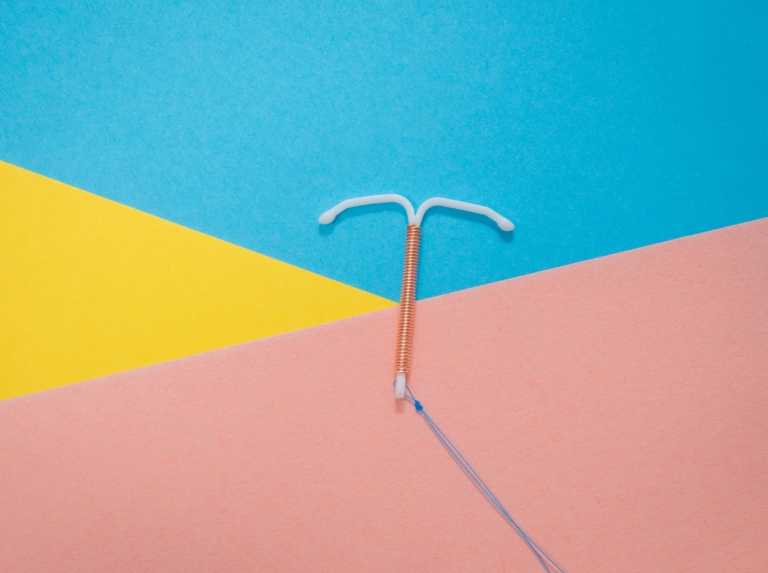Among the most severe potential complications of an IUD are the risks of perforation, infection, and/or expulsion of the device. While these complications are purported to be rare, stories in popular media and articles in medical journals highlight that such risks with an IUD do exist. For the women who encounter those complications, the experience can be both devastating and blindsiding.
In a recent article from the journal Images in Gynecological Surgery, doctors Gao, Lacue, and Brandi describe a procedure they recently performed on a 22-year-old woman, who at 22 weeks pregnant, required laparoscopic surgery to remove a copper IUD that had become displaced and embedded in her small bowel.
The patient had presented with right upper quadrant pain that continued to worsen, which prompted her to seek diagnostic surgery. The doctors describe how the IUD was removed from the entangled bowel, and how a portion of the bowel was injured and swollen, requiring its removal (resection). The surgery, the doctors note, was otherwise “uncomplicated.”
Thankfully, according to the article, the rest of the patient’s (intrauterine) pregnancy was “unremarkable.” Her vaginal delivery at 36 weeks and 4 days gestation was also deemed “uncomplicated.” However, one can only imagine the stress the mother felt requiring surgery under general anesthesia while pregnant.
Was this young woman ever warned that potential migration and perforation of other internal structures or organs is a risk one faces with an IUD? Many of the women who have shared their IUD stories with us at IUDAlert and for Spotlight on America report feeling blindsided by such serious complications, never having been informed by their doctors that such risks were possible. Consider, too, that not all women who have an IUD necessarily consented to its implantation (as is the case with Uighur women enduring forced population control by the Chinese government), and that some women who desire to have their IUDs removed cannot because of doctor refusal (as African women’s health activist Uju Ekeocha has highlighted) or other coercive circumstances (as Brittney’s Spears’s recent conservatorship battles highlight).
In some ways, the mother in the Images in Gynecological Surgery is one of the lucky ones. Women who become pregnant with an IUD face an increased risk of the pregnancy being ectopic, i.e., a pregnancy that implants outside the uterus, typically within a fallopian tube. In the vast majority of cases, ectopic pregnancies end in the death of the fetus, and if left untreated, can cause death to the mother if the tube should rupture and cause life-threatening internal bleeding and/or infection. Treatment options are also not ideal; most often, women are offered methotrexate injections, an abortive drug which terminates the life of the growing fetus. If a woman has moral objections to such an intervention, she may be left with no choice but to have her tube (fetus and all) entirely removed (fortunately, this option does not seem to affect future fertility, as one might expect).
The bottom line is that, like all forms of contraception, IUDs carry risks and side effects, some more serious than others. And, unfortunately, many women are left in the dark about these effects, starting with the unexpected pain many women experience during IUD insertion. That is why more natural methods like fertility awareness are gaining in popularity, as they can be as effective at preventing pregnancy as contraceptive methods like the Pill, IUD, or implant, with none of the serious health risks or side effects.




